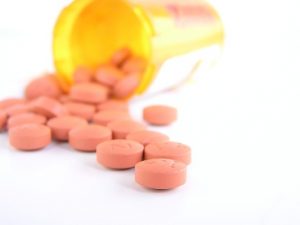
Parents and caregivers have limited options, as the availability of generic medications is running low. There are several causes: Inoperable manufacturing plants cause production delays and back orders pile up. A key pharmaceutical ingredient needed to make a certain medicine has been discontinued, causing additional problems.
Veronica Vernon, assistant professor of pharmacy practice at Butler University, called the situation dire.
“We’re seeing one of the worst cases of prescription drug shortages that we’ve seen in recent years,” Vernon observed. “Unfortunately, this is a cause for concern because you go to the pharmacy and expect them to have the medication in stock, and they don’t.”
Vernon acknowledged pharmacists cannot guarantee patients when a certain medication will be delivered. She advised parents and caregivers to schedule refills up to two weeks in advance to make sure they will be ready on time, if the pharmacy can even get the medication.
According to Singlecare.com, atorvastatin, sold under the brand name Lipitor, was the most prescribed drug in Indiana last year. It’s used to lower cholesterol.
The shortages affect both brand name and generic drugs. Vernon suggested keeping good lines of communication open with your pharmacist and asking if there are any negative health risks tied to taking a generic, if one is available.
“One of the most important things you can do is to always keep a list of your current medications with you,” Vernon recommended. “And also keep a record of what you’ve tried in the past. When my patients experience a shortage, I’ll say let’s try this other medication that’s in the same class is expected to have the same effect. Have you tried that before?”
Statista.com estimated the total market for generic drugs worldwide was estimated at $412 billion in 2022 and the figure is expected to increase to more than $600 billion by 2030.
(Story by our newsgathering partners at Indiana News Service)



